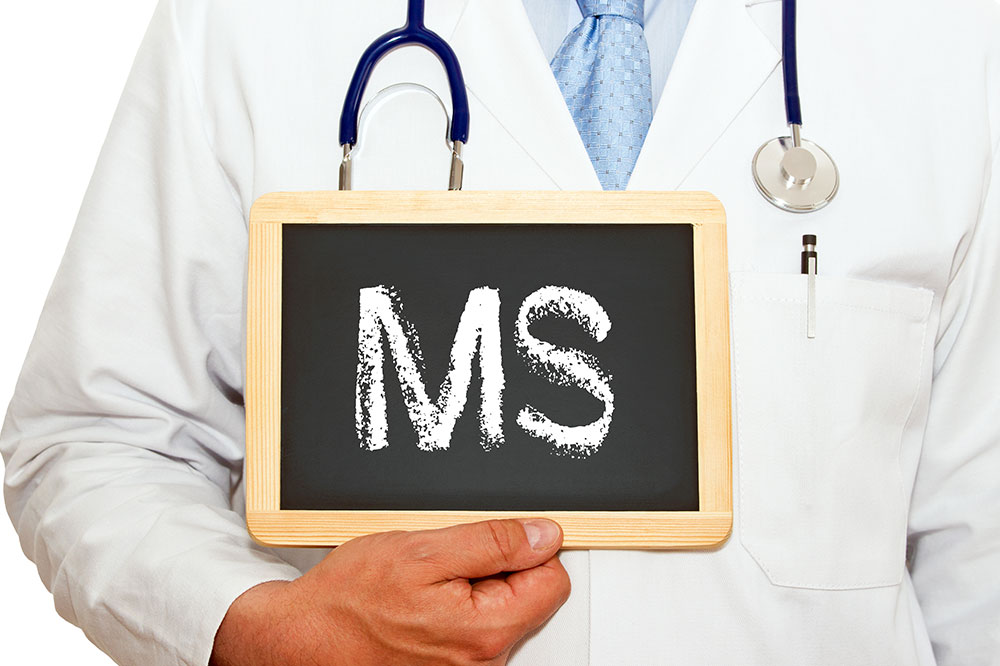
How to identify and combat multiple sclerosis
Multiple sclerosis is a chronic disease of the central nervous system, which comprises the brain, spinal cord, and optic nerves. It’s an unpredictable disease that disrupts the flow of information between the body and brain. The exact cause of multiple sclerosis is not fully understood yet, but experts believe that it is an autoimmune disorder in which the immune system attacks the myelin sheath that covers and protects the nerve fibers from damage.
When this protective myelin sheath is destroyed, it leaves a scar or sclerosis. Doctors often refer to these damaged areas as plaques or lesions. The damage prevents the brain from effectively sending signals to the rest of the body.
Signs and symptoms
Multiple sclerosis can lead to a variety of symptoms that can differ in each individual. The severity of symptoms can also change over time. Since it affects the central nervous system, which controls the movements in the rest of the body, the symptoms can be observed in various body parts. Some of the most common symptoms of multiple sclerosis include:
- Muscle weakness
- Numbness and a tingling sensation in the face, torso, arms, and legs
- Bladder and bowel problems
- Fatigue
- Chronic pain
- Dizziness and vertigo
- Vision problems
- Mood changes and depression
Types
There are four types of multiple sclerosis. These include:
- Clinically isolated syndrome (CIS)
This involves one episode of symptoms due to myelin damage, and can last for about 24 hours. If another episode of symptoms occurs, then the individual is diagnosed with the next type of multiple sclerosis.
- Relapse-remitting multiple sclerosis (RRMS)
This is the most common type of multiple sclerosis observed in people. When an individual experiences the second episode of symptoms, they are diagnosed with RRMS. These new episodes can be more severe and are often followed by periods of remission, during which symptoms disappear to some extent or completely.
- Primary progressive multiple sclerosis (PPMS)
In PPMS, the symptoms of the disease steadily become worse. In this stage, however, one can also experience bouts of stability.
- Secondary progressive multiple sclerosis (SPMS)
In this type, one may experience some amount of remission or relapses, but the symptoms eventually become more severe.
Treatment
There is no definite cure for multiple sclerosis, but there are treatments that are meant to slow the progression of the disease and lower the number and severity of relapses.
Many disease-modifying agents (DMA) have received approval from the Food and Drug Administration (FDA) to treat multiple sclerosis. They modify the function of the immune system, slow disease progression, and reduce the number of relapses. Some of these medicines are taken orally, while others are injected or infused. The number of doses depends on the type of drug the doctor prescribes. Doctors suggest that taking these drugs at an early stage can be effective in controlling the progression of the disease. A list of FDA-approved medications is available on the official website of the National Multiple Sclerosis Society.


